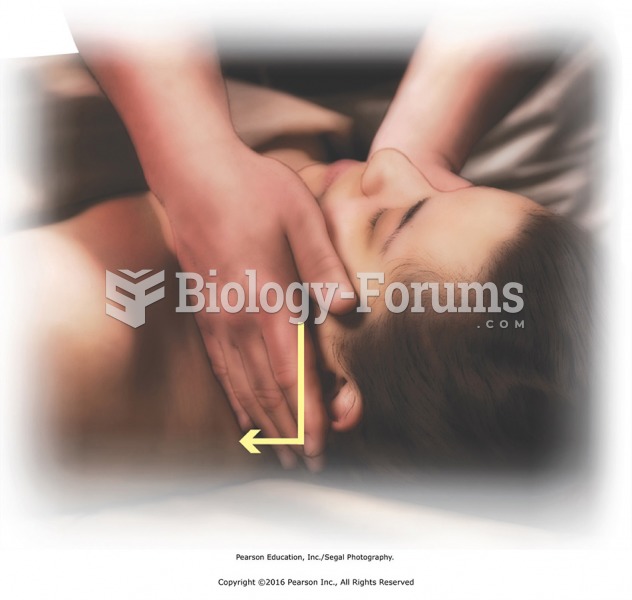Answer to Question 1
1
Rationale 1:Anticoagulants are drugs that prolong bleeding time and prevent thrombi from forming or growing larger.
Rationale 2:Hemostaticsare medications that inhibit the normal removal of fibrin, thus keeping the clot in place for a longer period of time.
Rationale 3:Thrombolytics are medications used to dissolve life-threatening clots.
Rationale 4:Antiplatelets are medications used to prevent clot formation in arteries.
Global Rationale: Anticoagulants are drugs that prolong bleeding time and prevent thrombi from forming or growing larger. Hemostaticsare medications that inhibit the normal removal of fibrin, thus keeping the clot in place for a longer period of time. Thrombolytic are medications are used to dissolve life-threatening clots. Antiplatelets are medications used to prevent clot formation in arteries.
Answer to Question 2
1, 2, 3
Rationale 1: Deep vein thrombosis (DVT) is often treated with coagulation-modifying medications.
Rationale 2: Angina is often treated with coagulation-modifying medications.
Rationale 3: Myocardial infarction is often treated with coagulation-modifying medications.
Rationale 4: Headache does not require coagulation-modifying medications.
Rationale 5: Hyperglycemia does not require coagulation-modifying medications.
Global Rationale: Deep vein thrombosis (DVT), angina, and myocardial infarctions are treated with coagulation-modifying medications. Other disorders treated with coagulation modifier drugs include indwelling devices, postoperative hemorrhage, pulmonary embolus, kidney dialysis, stroke or cerebrovascular accident, and valvular heart disease. Headache does not require coagulation-modifying medications. Hyperglycemia does not require coagulation-modifying medications.







